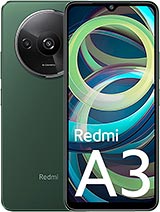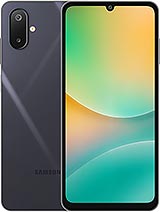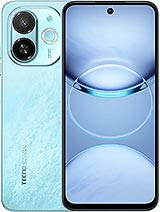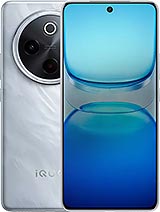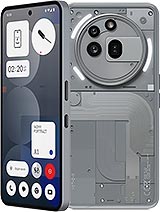Lava Yuva 2 alternatives
Tap above to see alternatives.
Samsung Galaxy F54 alternatives
Tap above to see alternatives.
Lava Yuva 2

Lava Yuva 2
-
Unisoc T760
6 nm
-
5000 mAh
18W
-
6.67"
720 x 1612 pixels
-
50 MP
1080p@30fps
-
Specs

Samsung Galaxy F54
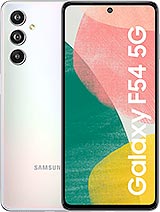
Samsung Galaxy F54
-
Exynos 1380
5 nm
-
6000 mAh
25W
-
6.7"
1080 x 2400 pixels
-
108 MP
4K@30fps
-
Specs

1x2.2 GHz Cortex-A76
3x Cortex-A76
4x Cortex-A55
4x2.4 GHz Cortex-A78
4x2.0 GHz Cortex-A55
wide, f/1.8, AF
2 MP
macro
f/1.8, (wide), PDAF, OIS
8 MP
f/2.2, (ultrawide), 1/4.0", 1.12µm
2 MP
f/2.4, (macro)
1080p@30/60fps
f/2.2, 26mm (wide), 1/2.8", 0.8µm
1080p@30fps
SIM1: Nano, SIM2: Nano
SIM1: Nano, SIM2: Nano
FDD: N1, N3, N5, N8, N28
TDD: N40, N41, N77, N78
FDD: N1, N3, N5, N7, N8, N28
TDD: N40, N41, N77, N78
FDD: N1, N3, N5, N8, N28
TDD: N40, N41, N77, N78
FDD: N1, N3, N5, N7, N8, N28
TDD: N40, N41, N77, N78
In this performance comparison, the Samsung Galaxy F54 with its Exynos 1380 (5nm) performs better than the Lava Yuva 2 with the Unisoc Unisoc T760 (6nm), thanks to superior chipset efficiency.
Samsung Galaxy F54 offers 4 years of OS updates, whereas Lava Yuva 2 provides 1 years. For security updates, Samsung Galaxy F54 offers 5 years of support compared to Lava Yuva 2's 2 years.
Samsung Galaxy F54 features a superior AMOLED display, while Lava Yuva 2 comes with an LCD panel. In terms of smoothness, Samsung Galaxy F54 offers a higher 120 Hz refresh rate, ensuring fluid scrolling and animations. Samsung Galaxy F54 also boasts a brighter screen with 800 nits of peak brightness, enhancing outdoor visibility. Notably, Samsung Galaxy F54 offers a higher screen resolution, resulting in sharper visuals and more detailed content.
Samsung Galaxy F54 features a larger 6000 mAh battery, potentially delivering better battery life. Samsung Galaxy F54 also supports faster wired charging at 25W, compared to 18W on Lava Yuva 2.
Neither phone has an official IP rating for water and dust resistance.
- Lava Yuva 2 – Check price here
- Samsung Galaxy F54 – Check price here
¹ Scores can vary even with the same chipset due to RAM, thermals, and software optimization.


